-
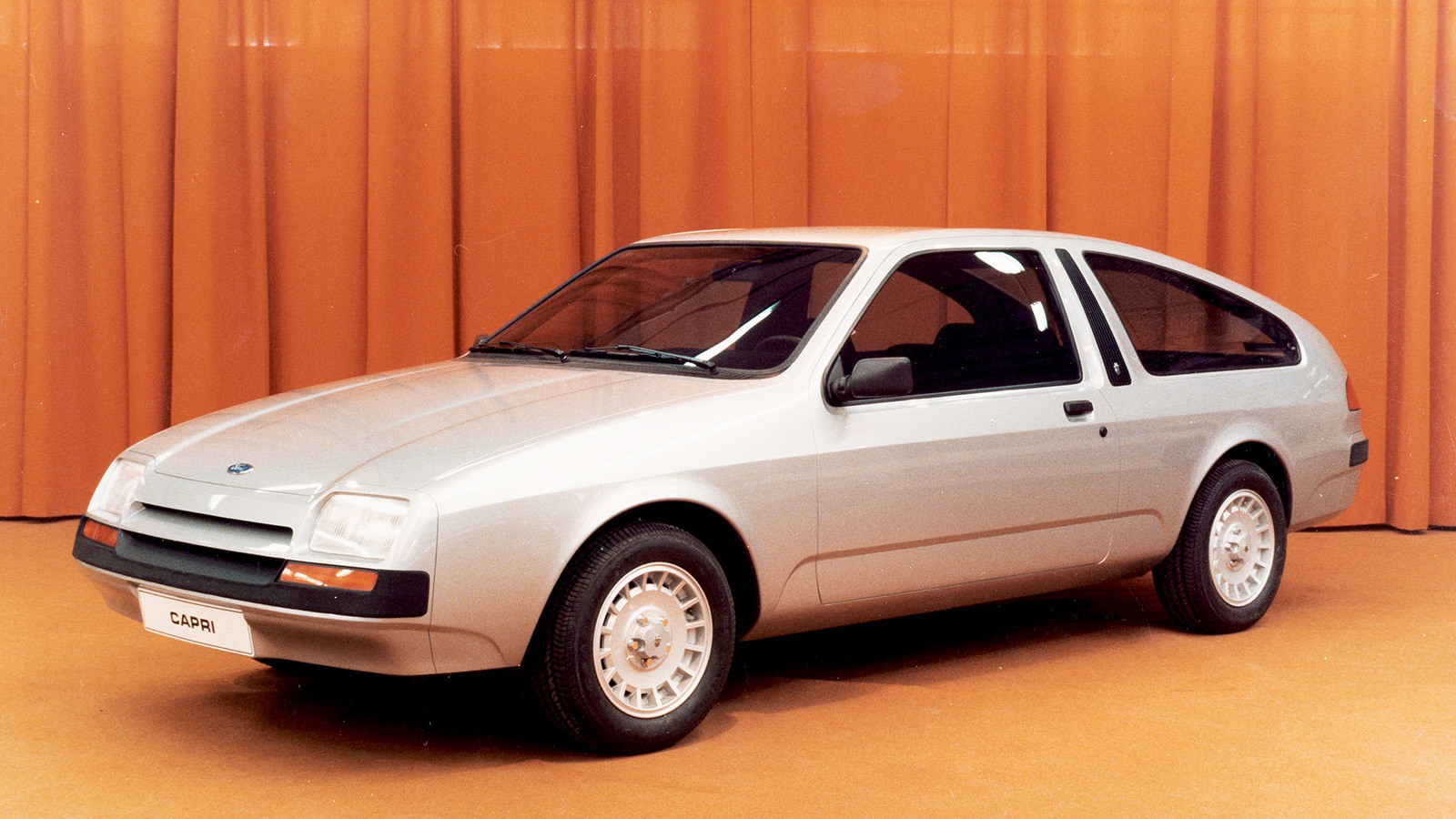 © Ford Motor Company
© Ford Motor Company -
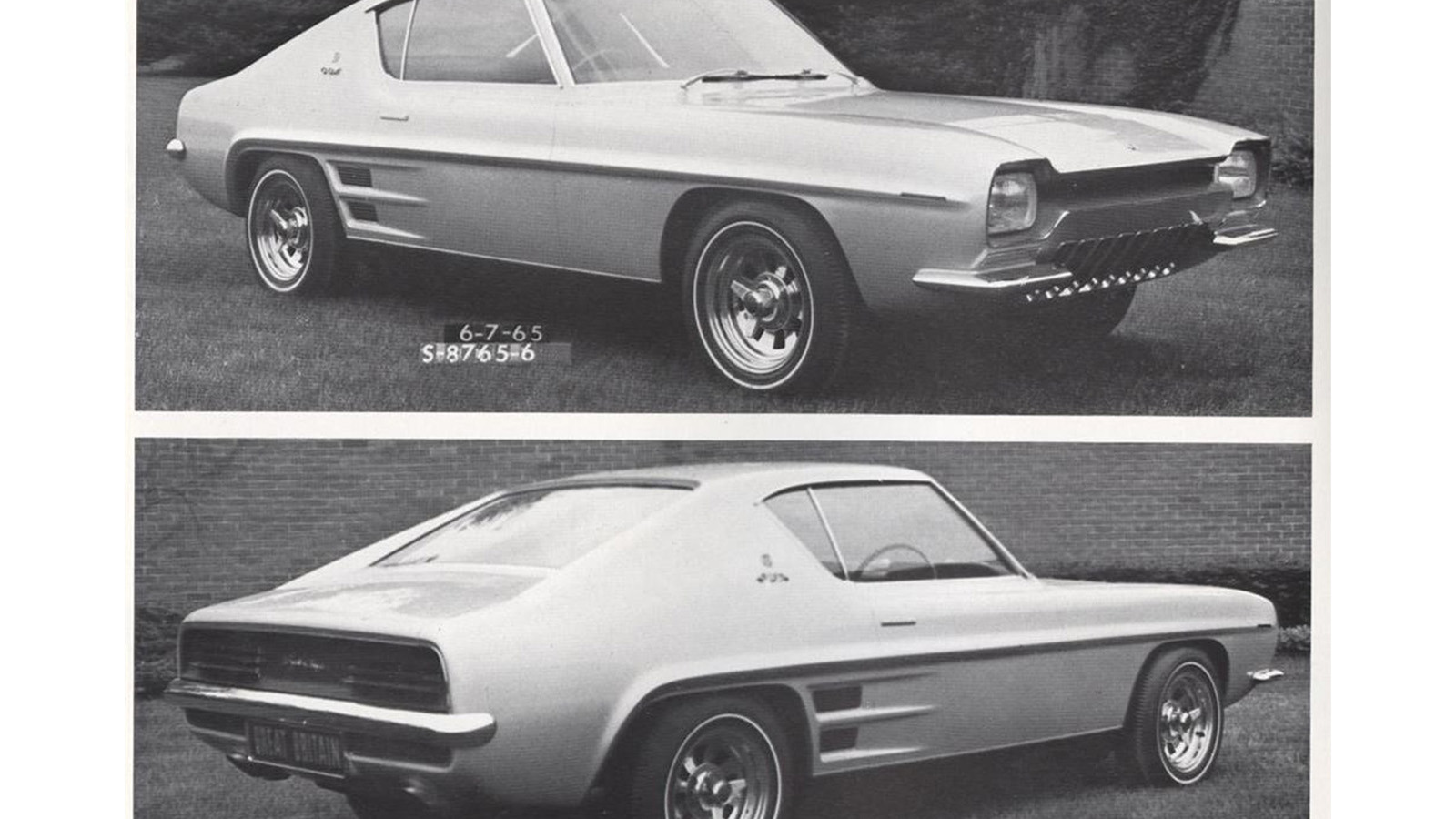 © Ford Motor Company
© Ford Motor Company -
 © Ford Motor Company
© Ford Motor Company -
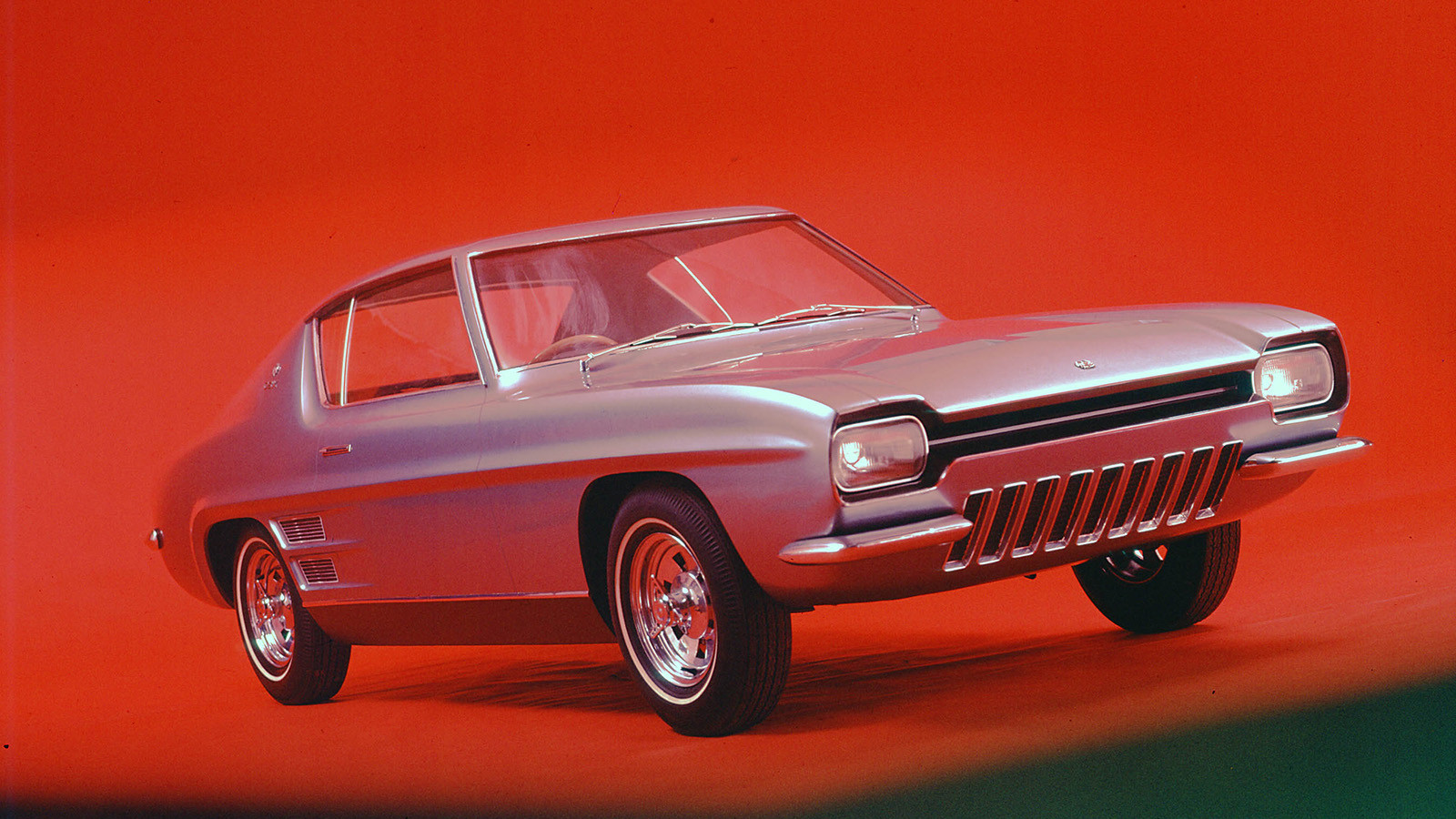 © Ford Motor Company
© Ford Motor Company -
 © Ford Motor Company
© Ford Motor Company -
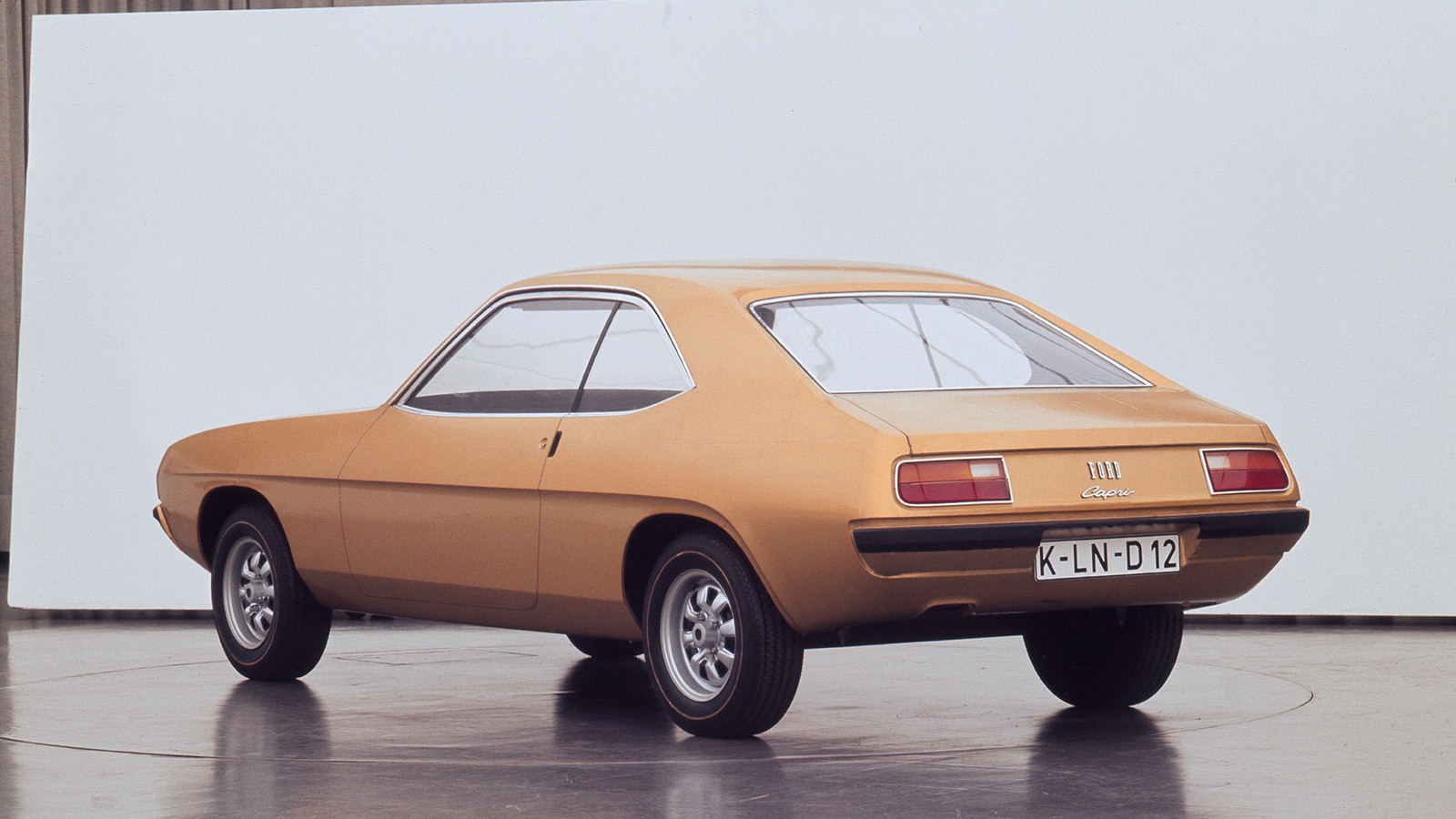 © Ford Motor Company
© Ford Motor Company -
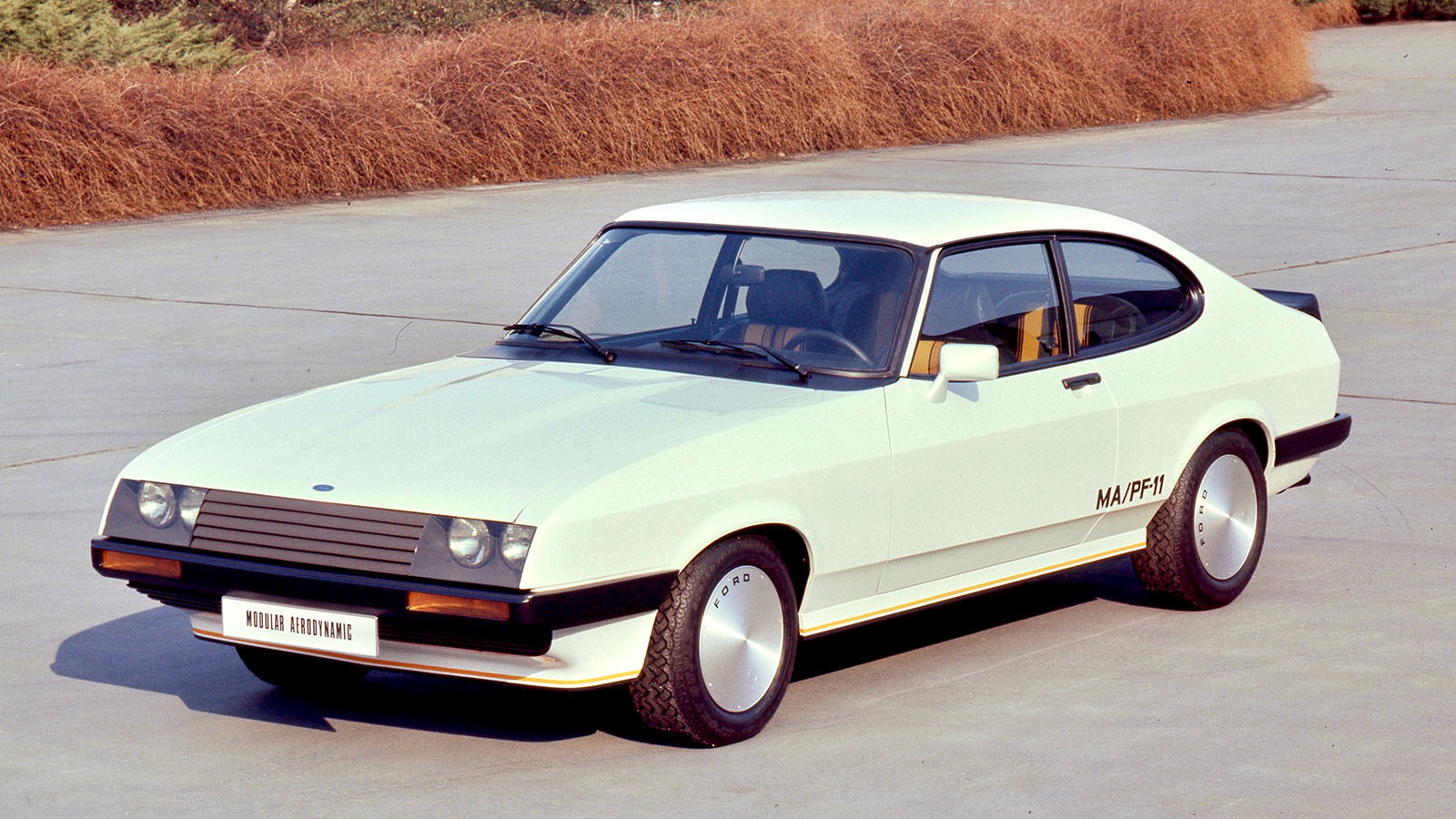 © Ford Motor Company
© Ford Motor Company -
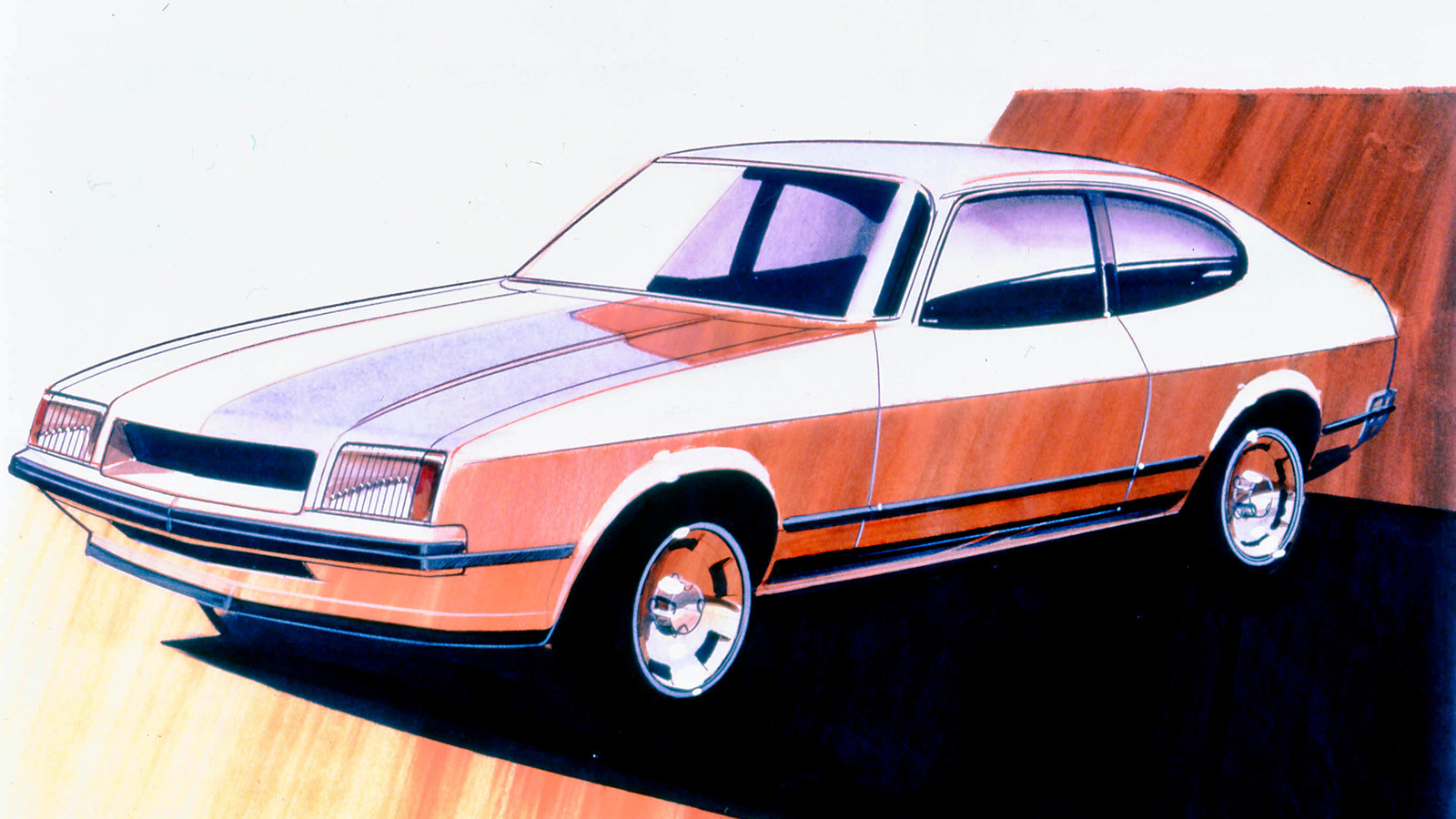 © Ford Motor Company
© Ford Motor Company -
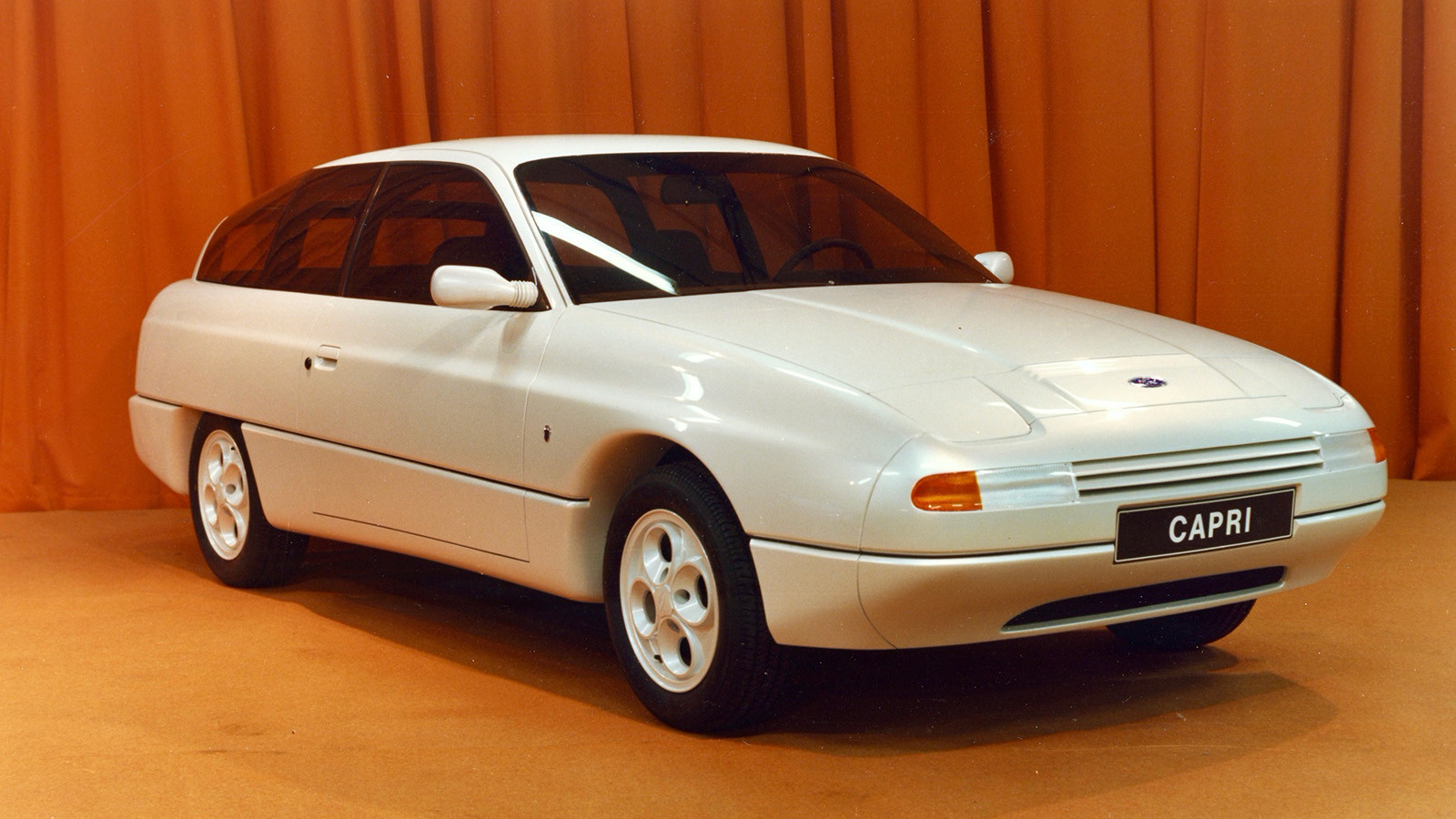 © Ford Motor Company
© Ford Motor Company -
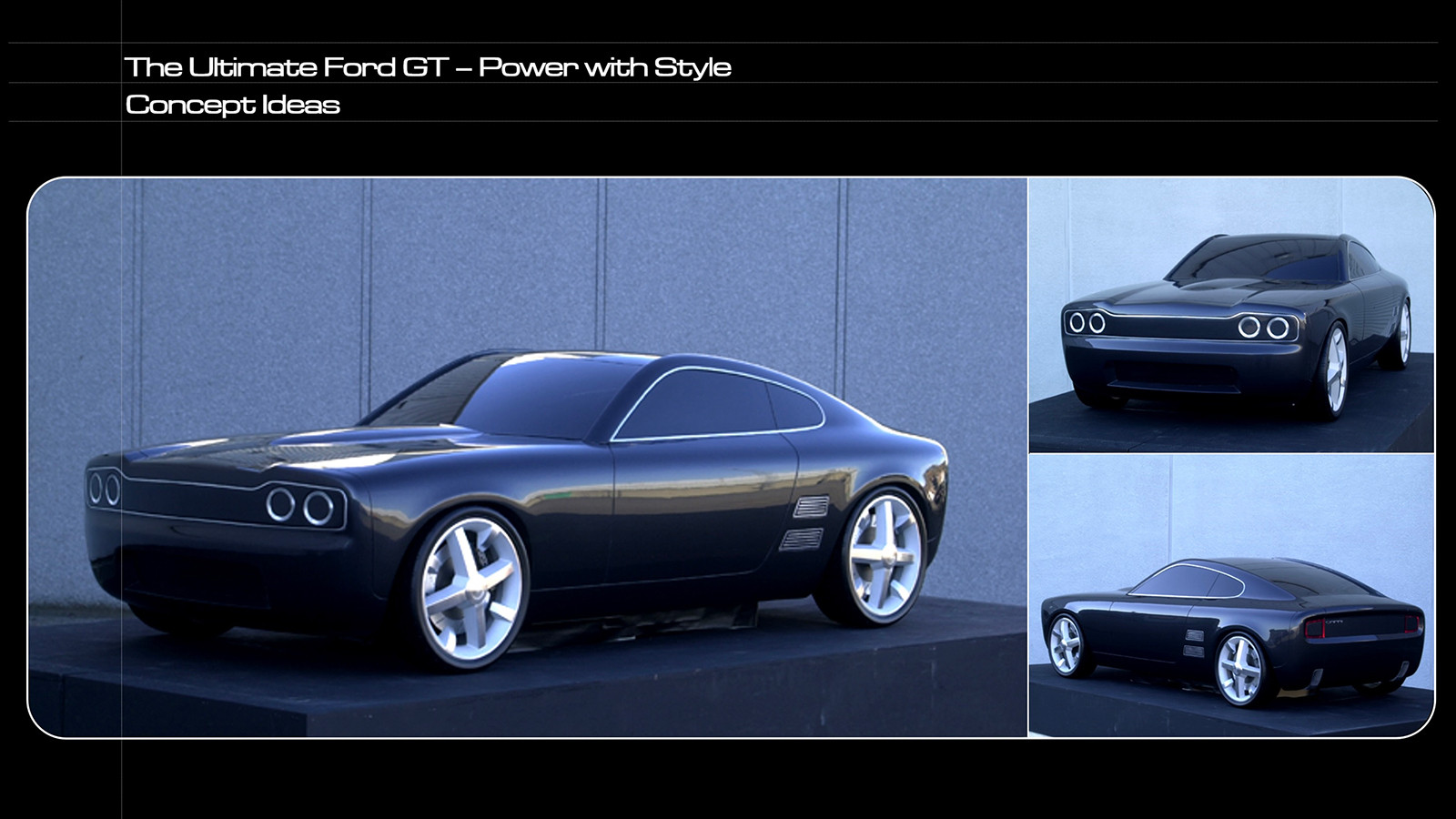 © Archive
© Archive -
 © Ford Motor Company
© Ford Motor Company -
 © Steve Saxty
© Steve Saxty
-
The Ford Capris you never promised yourself
There were many attempts behind the scenes at Ford to design the Capri, most of which didn’t make production and remained unseen, forgotten or kept secret.
That was until author Steve Saxty embarked on a mission to unearth more than 20 clandestine or lost Capris, like this head-spinning, Sierra-derived example, designed by Ghia in Italy.
Now Ford has resurrected the Capri name, not as a coupé but as an electric SUV, let’s take a look at some of the models that remained hidden, presented in chronological order.
-
1. 1965 Project Colt
Ford was so smitten with the success of the Mustang that the Detroit company set up Project Colt, to create a smaller sibling to the Mustang.
The plan was for the British arm of Ford to make the car using this design, dubbed GBX, by American stylist Steve Shearer, based in Detroit.
It clearly looks like a Capri, but it’s far too big to fit over the floorpan and chassis of not a Cortina as per legend, but the longer Corsair.
-
2. 1966 Flowline
Philip Clark was a young American who had worked on details like the badging and lights of the 1962 mid-engined Mustang 1 concept car.
To get design experience on production cars, he was sent to Ford’s Aveley studio in Essex, where he worked on Project Colt, the car that became Capri.
The British team presented two alternatives to Steve Shearer’s Detroit-designed GBX: one by Harris Mann and this pretty submission, dubbed Flowline, by Phil Clark.
-
3. 1966 GBX
The American side of the company was wedded to the mini-Mustang GBX theme, so the British team was tasked to take over and refine the design.
This full-sized model – complete with steering wheel and windscreen wipers – was the first of several attempts to progressively polish the American GBX into something appealing to US and European tastes.
The Ford Capri would sell in such huge volumes in America that it briefly became the number two best-selling import after the VW Beetle.
Note the RS Escort quarter bumpers, giving a very British look to the GBX.
-
4. 1967 Colt prototype
The GBX name was seen on Ford’s clay models, but was never considered for production.
At one point, the favoured name was Colt, the codename for the project, but instead an old Lincoln nameplate was revived: Capri.
One feature that remained from Shearer’s GBX design on the first 10 roadgoing Colt prototypes was a tiny Mustang-style rear window that cramped visibility.
Ford’s test engineers disguised one of the prototypes by taping on a C-shaped rear side glass and the obvious happened: for the next two weeks, the draftsmen worked overtime to design the classic Capri-defining side window.
-
5. 1972 Capri II – Project Diana
The task for the second-generation Ford Capri was a trade-off between old and new.
Either the team had to carefully evolve the existing and much-liked shape, or go all-new with a hatchback rear and pop-up headlights.
The car pictured here was designer Claude Lobo’s idea: it looks very obviously like a Capri, with a classic C-shaped rear side window.
Henry Ford II was asked to pick between this design and the hatchback alternative by Hans Muth.
“I hate the side window on this,” he fumed. Then he pointed at the other and said, “pop-up lights will never go on a Capri”.
Therefore, the final Capri II put the front of this car by Lobo onto Muth’s creation.
-
6. 1976 Modular Capri
In 1976, the Cologne-based design team started thinking about a third-generation Ford Capri.
However, budgets were tight, so the marque would have to make do with a moderate facelift of the Capri II that was built on top of the bones of the ’69 original.
The solution was genius. The Modular Capri show car revealed 20 ideas that offered aerodynamic improvements to make the Capri look and go faster, while using the same old engines underneath.
The dramatic-looking Ford Escort RS 2000 beak-nose front looks good from this angle, but appeared absurdly long in side profile, although some elements, like the rear spoiler, later appeared on the production third-gen Capri.
-
7. 1978 Project Carla
Ford’s management chose female names for secret projects during the 1970s, so the third-generation Capri was dubbed Project Carla, with the name Carla also used for the car’s tartan seat fabric in production.
This sketch by Helmuth Schrader depicts his vision for how the car could be styled, adopting the classic Ford look of the era with a slanted nose and indicators to the side of rectangular lights.
The production car was more daring, using a modified bonnet and wings that sat over the top of four headlights to scowl at cars in front.
-
8. 1983 Ghia Capri
Of course, Ghia was once a well-known, independent coachbuilder, founded in 1916 and based in Turin.
Alejandro de Tomaso owned it by the late 1960s and he sold his shares to Ford in 1970.
Often, the Ghia name was little more than a pretty badge on the side of posh Fords, but the design studio produced hundreds of never-seen, often fully drivable, cars.
This is the fourth and final Capri that Ghia designed in ’82, and probably the weirdest of all – a Kammback estate, based on Ford Escort running gear.
Arguably a shape that’s difficult to love, someone at Ford took it seriously enough to have it shipped to Detroit and assess its aerodynamic efficiency.
-
9. 2001 Project S272
The early 2000s was the era of retromodernism.
There were the Mini, the VW Beetle and the Fiat 500, and Ford wanted in on the party, so set up its Living Legends studio – first was the GT40 reincarnated as the Ford GT, followed by the Thunderbird.
Martin Leach, Ford of Europe’s Essex-born boss, saw an opportunity and ordered a set of ideas that ranged from an Audi TT-like creation to this classic reinterpretation of the Capri.
The idea was simple: Ford owned Volvo had the small C30 coupé in the wings, so why not reclothe it as a Capri?
-
10. 2001 Project S272 takes shape
The S272 designers had their work cut out to reinterpret the long-nosed Capri style over the modern, front-drive underpinnings of the Volvo C30.
Instead of a retromodern Ford Capri, the S272 project literally changed shape to become a Germanic coupé with a few Capri cues, like the rear side window and lower air vents, thrown in.
The car was built as a drivable machine based on a dissected Volvo C30, but few loved what was at the time the last twist in the Capri tale.
-
Secret Fords – the cars you always promised yourself
Author Steve Saxty was a design engineer at Ford before writing his two Ford (and later BMW) books on design.
His first book, The cars you always promised yourself, has just been restomodded, updated and reprinted alongside his later Secret Fords series.
Both titles were awarded Classic & Sports Car’s Book of the Month when released and can be purchased, with free UK shipping, here.
We hope you enjoyed this gallery. Please click the ‘Follow’ button above for more super stories from Classic & Sports Car.
